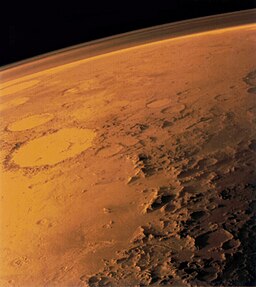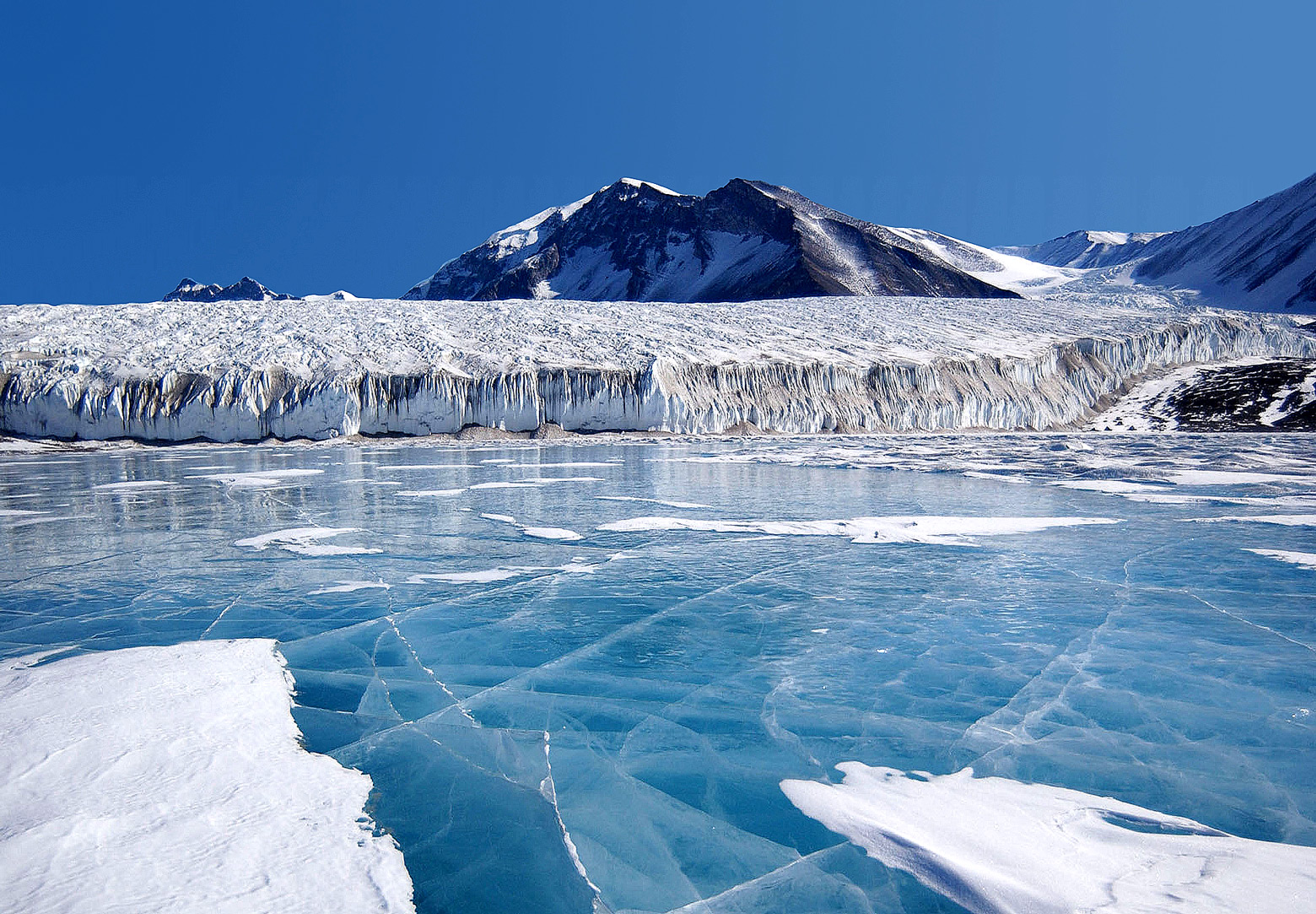We Won’t Do Your Homework but We Will Tell You About the Martian Lichens
We at Talk Science to Me receive a fair bit of email through our contact page, most of it inquiring about our services and often leading to fruitful client-provider relationships. Every now and then, though, someone tries to get us to talk science to them a little less honestly. Today, we endeavour to provide an answer.
Every science-oriented person with any Internet visibility knows the story. An earnest-sounding inquiry appears in their inbox, with a science question likely related to their general expertise. It’s usually very specific, and it might be time-sensitive, although they usually leave that out. Some of these people are just genuinely curious and lack the Google-fu required to seek out already published information, or they’re people who don’t realize what they’re expecting of other people when they make inquiries like these. Most of the time, though, it’s obvious what they’re after, which is for us to write most of a school assignment for them.
That’s not our line of work, and our ethics preclude us from participating in that sort of chicanery. We produce scientific content for government and private industry clients, including instructional materials, customer profiles, social media copy, reports on government projects, ghostwriting services for scientific papers, and similar fare. Writing homework assignments for students is not a niche we aim to claim, and neither is delivering bespoke scientific missives for free by email.
We do, however, like interesting questions, and one email we received recently provides an interesting thought indeed:

“I was just curious if it was possibly to genetically alter Lichen with the genetic perks of thermophile: temperature resistance, Chytridiomycota: anaerobic respiration, And melanin radiation resistance to survive a harsh environment like Mars and how it could possibly effect the martian surface if it could survive.”
Imagining what manner of Earth life could survive on Mars and what a Martian ecology could look like are both longstanding topics for science fiction writers, and they often provide for some of the most detailed “hard” sci-fi stories, including the recent motion picture The Martian and the series The Expanse. Our anonymous querent seems to have a fair bit of pre-existing awareness of the challenges of living on Mars, as well as the fact that organisms living in extreme environments on Earth provide a model for extraterrestrial situations. Likewise, their choice of a lichen as their base material is well-informed, as lichens are famous for being able to grow on bare, exposed rocks in harsh conditions.
At the technical level, their question is impossible to answer definitively. Technology is always improving, and the world’s collective knowledge of biology grows steadily. What seems impossibly difficult now might become child’s play in a few decades, much as sequencing a genome went from work worthy of a Nobel prize to a graduate student’s afternoon. Genetic tinkering is more purposeful and more powerful than it has ever been thanks to CRISPR-Cas9, a bacterial enzyme system that has proven ideal for making very precise edits to genetic material. An endeavour like what this writer proposes—engineering lichens to survive Martian conditions—is at the cutting edge of science’s current capabilities at best, due to the sheer number of factors that would have to be adjusted to create a Martian lichen.
But that’s far less interesting than what the challenges are, and here, our querent delivers. Mars is a very different place from Earth, despite being the likeliest home of future off-planet humans. It has much less gravity, it is much colder, its lack of a strong magnetic field pelts it with radiation, its soil is toxic and its atmosphere is hostile to aerobic life. Many of these hazards are similar to the harshest conditions experienced on Earth: for example, the average Martian temperature of roughly –80 °C is actually warmer than the –94.7 °C recorded in central Antarctica. Others, however, are completely foreign to our planet, and the combination of hazards a visitor to Mars encounters is like nothing they can train for in a normal Earth locale. Let’s tackle them in series.
Gravity
Scientists are still investigating the hazards associated with low-gravity environments. Astronauts report a variety of health problems after long space flights, some of which are related to low gravity. On Earth, gravity is a given, and organisms rely on it for directional cues, including those used for growth. The effect of losing these cues, or having much weaker ones, long-term is not yet well understood, especially for organisms like lichens. What sorts of genetic modifications would help an organism avoid the hazard of low gravity has yet to be determined, and almost certainly varies extensively between species. Lichens, as symbiotic relationships between algae and fungi, likely present an especially complex problem in this regard.
Low gravity also causes some of Mars’s other challenges, including extremely low atmospheric pressure (about 1% of Earth’s average). This exceeds anything that high-altitude organisms on Earth have evolved to tolerate.
Cold
The average noted above for Mars’s temperature conceals tremendous seasonal and latitudinal variation. Although Mars’s average temperature is within Earthly bounds, its winter temperatures can be as low as –140 °C, and its summer highs approach a balmy 21 °C, with equatorial regions warmer and polar regions colder. The parts of Antarctica that overlap Mars’s range are some of the most barren places on Earth, with only transient, if any, bacterial life, and nothing more complex. There is life on Earth that could survive some Martian temperatures, but the full range is beyond what anything on our planet has evolved to endure. No biological antifreeze mechanism that appears naturally on Earth can withstand temperatures as low as a Martian winter, and artificial antifreeze mechanisms often struggle to cope as well.
A hypothetical Martian lichen would have to stick to the equator, at a minimum, and even a dormant cyst stage might not be enough to get it through the winter there.
It is a testament to the difficulty of Mars’s cold that nearly all life known from places that even approximate such temperatures on Earth actually lives in warmer microhabitats, such as under water or near volcanic systems, that have few or no analogues on Mars, rather than directly enduring the cold.
Radiation
Mars’s surface is shockingly radioactive. Due to its thin atmosphere and lack of a magnetic field, Mars does not have the shelter from space-borne radiation that Earth does, and much of what the sun sends in its direction arrives at the surface. Guo et al.1 report that an ordinary Martian radiation dose from simply standing on an exposed part of its surface is 250 micrograys per day (μGy/d), which is approximately one-third the dose of a typical abdominal X-ray. Although far below the levels that would be immediately life-threatening to a human, continuous exposure to radiation at this intensity is likely to lead to long-term health problems for almost any organism (and is why X-ray technicians need more protection than their patients).
The danger of radiation, particularly chronic radiation like what Mars’s surface experiences, is in DNA damage, and from there cancer and organ failure. The solution to both is enhanced DNA-repair mechanisms, and Deinococcus bacteria have achieved these to the point that they can survive millions of times as much radiation as is typical of Mars’s surface. These mechanisms are difficult to maintain, as they are energetically expensive and may not be compatible with the more complex DNA structures found in eukaryotic organisms like lichens, but they at least demonstrate the theoretical possibility. It would take more research to find out whether such mechanisms could be successfully transposed into such a different being as a lichen.
Low Oxygen
This one actually isn’t much of a problem. The photosynthesis of the algal component of a lichen can produce enough oxygen to sustain its fungal partner if the rest of its biology is not too compromised, and lichens can be grown in low- to no-oxygen conditions as part of harvesting hydrogen for fuel cell production.2
Toxic Soil
Martian soil is full of perchlorate salts, which are toxic to many forms of life, including humans. (Perchlorate salts are also famously explosive, but that’s less of a concern in the low-oxygen Martian atmosphere. Small comforts are all we get.) Perchlorate salts are bad news for plant health and photosynthesis in general, especially when combined with radiation levels that have a habit of turning them into even more exotic poisons on sunny days, but some plants appear to be resistant to their toxic effects,3 and some bacteria can actually use them as an energy source. Lichens grow on bare rocks rather than putting roots into soil, but a key part of their biology is dissolving those rocks with acids and enzymes that would almost certainly have similar effects.
Transposing either of these abilities into a lichen is a tall order, in large part because lichens are not one organism, but two, and their algal and fungal components almost certainly face different hazards from perchlorate poisoning. It is possible that engineering a resistant version of either symbiont would reduce the two’s ability to cooperate with one another, or have other unforeseen and likely unforeseeable consequences for their biology. The bacterial methods for dealing with perchlorate salts in particular are a radical departure from ordinary fungal and algal metabolism, unlikely to be duplicated in such organisms without some downstream effects.

Ethics
But perhaps the biggest barrier to making a Martian lichen is also the simplest: ethics. At present, the human attitude toward Mars is one of careful study and preservation. There is a nonzero possibility that Mars once hosted life, or even still does, deep underground or in some other sheltered place. Missions to Mars are carefully sterilized before launch to prevent contamination with any Earth life, in hopes that we never lose our ability to recognize distinctively Martian life if we ever discover it. Humanity, as a species, is nowhere near the point of intentionally creating Martian versions of Earth life to turn loose on the red planet. For now, even having humans survive in self-contained habitats on Mars is a distant dream. Transforming Mars into a more habitable place with innovative biology may be in our future, but for now, Mars is a cosmic nature preserve for us to study, enjoy and use as the base material of interesting exercises like this.
We hope this helps you with your homework, friend. In the meantime, if you ever want to hire us to write articles for a magazine, you know how to find us.
1. Guo J., S. Khaksarighiri, R.F. Wimmer-Schweingruber, et al. (2021) Directionality of the Martian Surface Radiation and Derivation of the Upward Albedo Radiation. Geophys. Res. Lett. 48(15):e2021GL093912.
2. Papazi A., E. Kastanaki, S. Pirintsos, et al. (2015) Lichen Symbiosis: Nature’s High Yielding Machines for Induced Hydrogen Production. PLoS ONE 10(3):e0121325.
3. He H., H. Gao, G. Chen, et al. (2013) Effects of perchlorate on growth of four wetland plants and its accumulation in plant tissues. Environ. Sci. Pollut. Res. 20(10):7301–7308.

No Comments